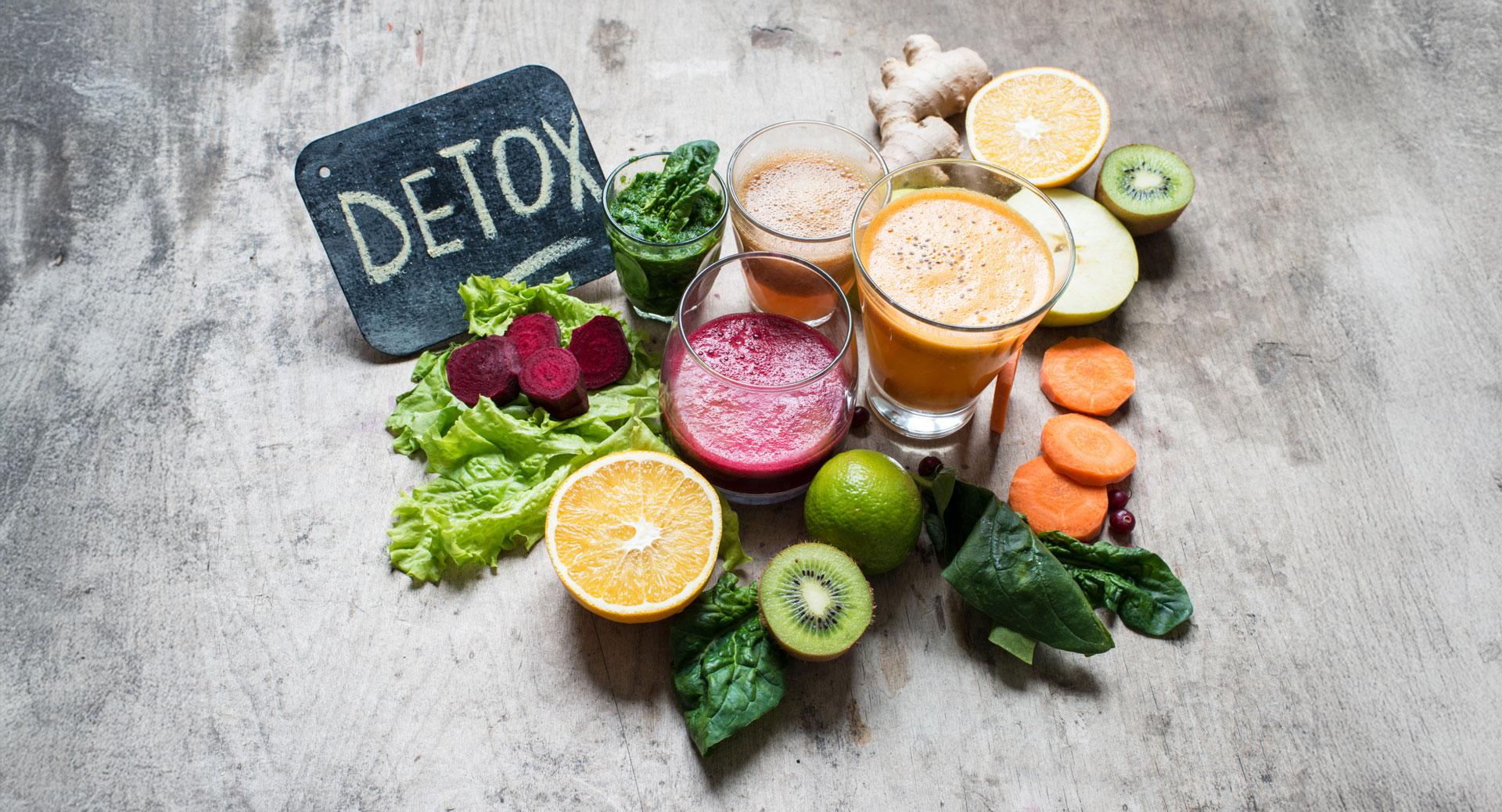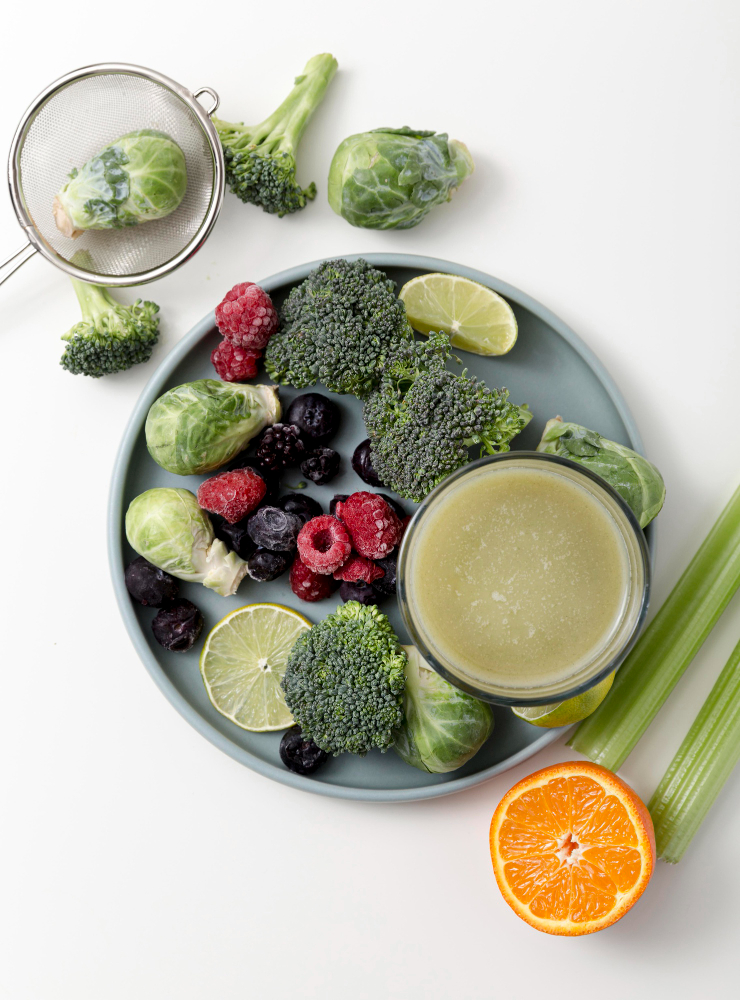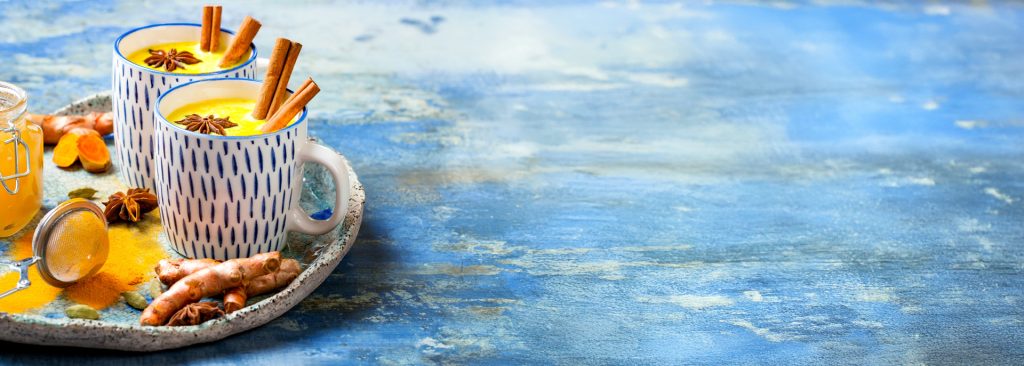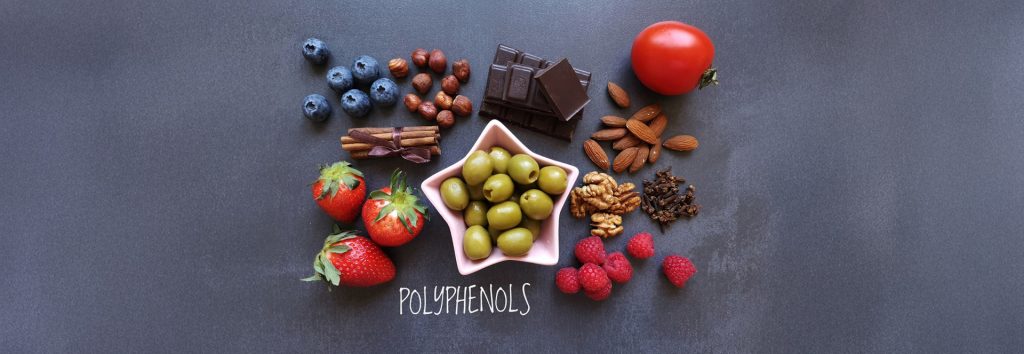Supporting Our Body’s Natural Detoxification System

The word ‘detox’ has become synonymous with wellness and a whole industry has been built around it. There are special detox diets, detox teas, detox supplements, detox fasts…the list goes on. But what does detox really mean and what’s the science behind it? Read on to find out how a natural whole foods diet is one of the most powerful tools in helping us detoxify.

What does detox mean?
Detoxing is a natural process. Our bodies have a highly efficient and sophisticated detoxification system which is whirring away all the time in the background. This system involves various organs working together to eliminate harmful substances and toxins from the body.
Our ‘toxic load’ is the accumulation of harmful substances or toxins in our bodies from various sources over time. This is what our body needs to process and eliminate. These toxins can come from the environment, food, air and water. The toxic load can vary from person to person, depending on factors like exposure, genetics, lifestyle and overall health. Our detoxification system needs to be well nourished to ensure we are effectively and efficiently eliminating these toxins.
Eating the right foods is one of the best ways to ensure this system is working optimally. My programmes, Renew Reset Recharge® and The Triple 30 Plan focus on foods and ways of eating that naturally help our detoxification pathways run as smoothly as possible.
How does our natural detoxification system work?
Our body is made up of different detoxification pathways. The liver is the body’s primary detox organ and key detox pathway. It processes toxins that enter the bloodstream, breaking them down into less harmful compounds to prepare them for elimination.
It does this through three phases.
Phase 1 involves converting toxic substances into smaller metabolites with the CP450 enzymes so they are in a more suitable state for further processing.
In phase 2, the phase 1 metabolites are made water soluble so they can be eliminated by the body.
Finally, in phase 3, the water soluble metabolites from phase 2 are excreted through urine, stools, lungs and skin.
Specific foods support each phase. It is especially important to support both phases 1 and 2, as ideally we need a stable phase 1 detoxification and an efficient and reliable phase 2.
How does our gut help?
Our gut is another important part of our body’s detoxification system. The good bacteria in our gut microbiome have enzymes that can metabolise or neutralise certain toxins. Friendly gut bacteria in the large intestine also ferment fibre to produce short chain fatty acids such as acetate and butyrate which may enhance our CP450 enzymes in phase 1 detoxification. Also, if we have a healthy gut lining, we can prevent harmful toxins from entering the bloodstream.
The gut also supports the liver in its detoxification process as it helps to remove the waste products in phase 3. The toxins that have been processed in the liver are sent to the gut via the bile where they are excreted in the stool. If the gut isn’t functioning efficiently, these toxins aren’t properly eliminated and can build up in the body.
The kidneys, lymphatic system, skin and lungs are also important parts of the whole system. Each of these organs and systems has its own role in detoxification, but they also depend on one another to function effectively.
How can our diet help with detoxification?
As our liver is our major detox organ, we need to eat foods to support the phase 1 and phase 2 pathways as discussed above.
To support phase 1, try and eat more:
B vitamins – these support energy production and act as co-factors to enzymes that help to neutralise free radicals. These can be found in fish, meat, dairy, leafy greens, pulses, eggs and whole grains.
Antioxidants – these also help to neutralise free radicals and can be found in foods such as berries, citrus fruits, dark chocolate, nuts and seeds. Eating the rainbow through fruits and vegetables is a good way to ensure you have a variety of antioxidants in your diet. Antioxidants all work together in a chain in the body so we need to eat many different kinds to have an optimal effect. Vitamins A, C, E all have antioxidant activity, as do many plant compounds, such as polyphenols. Selenium, copper and manganese help drive enzymes that support this process.
Cruciferous vegetables – broccoli, Brussels sprouts, kale, cauliflower and cabbage. These contain compounds like glucosinolates that boost glutathione which acts as a powerful antioxidant in the body.
Zinc – phase 1 is carried out by a group of enzymes called CP450. Zinc is a co-factor for several of these enzymes and without enough zinc, they may not be able to function optimally. Zinc is found in red meat, eggs, chicken, fish, nuts, seeds and lentils.
Magnesium – magnesium is involved in both phase 1 and phase 2 detoxification by supporting the enzymes necessary for both processes. Magnesium is found in nuts and seeds (especially pumpkin seeds and cashews), black beans, lentils, chickpeas, leafy green vegetables, bananas and avocados.
To support phase 2, try and eat more:
Cruciferous vegetables – Contain glucosinolates that can boost glutathione production to support detoxification, as well as being an antioxidant. These substances also support the glucuronidation detoxification pathway that helps us to eliminate old hormones, and also the sulphation liver detox pathway. Cruciferous vegetables are so important because they can influence a number of different liver detoxification pathways simultaneously!
Citrus fruit – these are high in vitamin C which support the liver’s production of glutathione and help detoxify by stimulating bile production, which aids in the breakdown of fats and the elimination of toxins.
Protein rich foods – many of the enzymes involved in phase 2 detoxification are protein-based and their synthesis is dependent on dietary protein. Make sure there are plenty of nuts, seeds, pulses, eggs and chicken/ turkey in your diet.
Sulphur containing foods – these activate liver enzymes, which help detoxify the body by neutralising and removing toxins. Can be found in eggs, garlic, leeks, onions and green leafy veg and also many cruciferous vegetables.
Selenium rich foods – selenium is key in antioxidant defence and the optimal functioning of detoxification enzymes. This can be found in Brazil nuts, grains, seeds and lamb.


